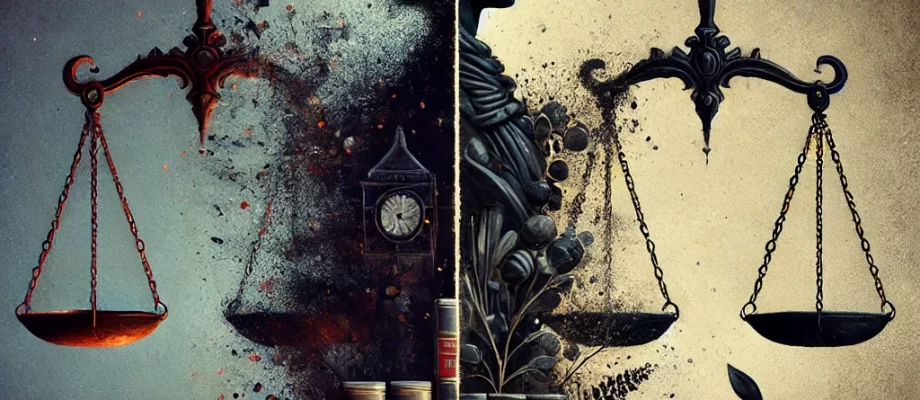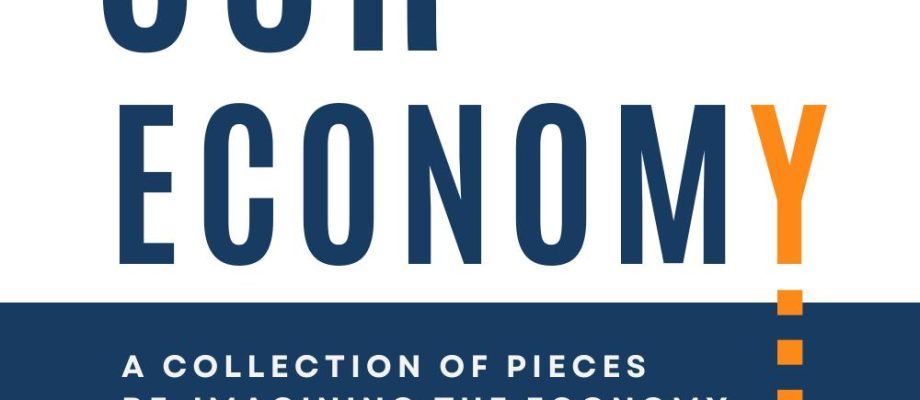By Anya Clayton
Disability representation in publishing is on the rise. The Publishers Association stated in their 2020 diversity and inclusion report that the proportion of people within the workforce with disabilities has risen from 5% in 2018 to 8% in 2020. Despite this increase, disability remains under-represented: according to the Publishers Association, there are 13.3 million disabled people in the UK – just under one-fifth of the population. This disparity, however, can partly be explained by the difficulty in definition. In an interview for International Publishers blog, Kirsty Bone highlighted this issue: not everyone self-identifies as having a disability, nor are they necessarily comfortable with discussing it or disclosing it in a survey, even anonymously. Therefore, definition is important in gaining accurate data. The 2020 Equality Act identifies someone as having a disability if there is a ‘substantial and long-term negative impact on your ability to do normal daily tasks.’ The most common disability or impairment reported in the 2020 report was mental illness.
While this increase in the proportion of workers with disabilities is a positive step, it is not necessarily accompanied with unproblematic literary portrayals of disabilities. The lack of intersectionality concerning disabled characters has been particularly criticised by disabled writers. American journalist, Alaina Leary, has said there has not been enough diversity within existing portrayals: most, largely written by people without disabilities themselves, are white, straight and cis-centred, rather than depicting multiple marginalised identities. As a result, people from other minority groups, who also have disabilities, remain under-represented.
Within literature there is also a tendency to centre a person’s identity around their disability. Rather than a character simply just having a disability, their narrative tends to be focused on this and their plot defined by it. American author Jillian Weise, who submitted her novel for publication, received criticism from one editor who ‘found it unlikely that the disabled protagonist would have slept with more than one person in her life.’ This lack of consideration for disabled people’s personal lives, such as their sexuality, has been commented on by Leary: ‘People with disabilities are at a higher risk for sexual violence, and yet I almost never hear disability enter the conversation about rape culture and sexual violence’.
Another common concern with the representation of disability within literature is what Leary has termed ‘inspiration porn’, ‘disabled people are hailed as “inspirational” solely on the basis of our being disabled.” Simon Holt, a Senior Acquisitions Editor at Elsevier and a disability inclusion activist in publishing, has also discussed his frustration with this trope. Holt is good at his job because of his visual impairment, and the skills he has developed as a result, rather than in spite of it. Frances Ryan also criticises this, tracing the problem as arising due to a lack of disabled writers. Thus, with the inclusion of more people with disabilities throughout the publishing workforce, more authentic work and less damaging tropes will be produced.
Another issue caused by the absence of disability presentation is the ‘catch-22’ described by Ryan in the Guardian where, despite the fact that around one-fifth of Britons have a disability, writers are pigeon-holed. They are expected to write about their identity and their disabilities, but are then criticised for being ‘niche’, therefore considered unsuitable for ‘mainstream’ publishing.
This is a consequence of an insufficient number of writers and workers within the publishing industry who have disabilities. Accordingly, there is a lack of authentic, realistic stories concerning people with disabilities. Too often someone’s impairment or disability is placed at the centre of the character’s narrative, rather than as something they happen to have. They are defined by it, therefore perpetuating harmful and damaging tropes that a disabled character is not relatable to those without the same disabilities. Thus, to prevent this alienation and to promote further diversity (and therefore more empowering depictions in literature), further work needs to be done to include and amplify a broader range of voices within publishing.
Bibliography
Kolman, Michiel (2019) ‘Diversity and Inclusion: Disability in the Publishing Industry’, International Publishers Association, 18 December. Available at: https://www.internationalpublishers.org/blog/entry/diversity-and-inclusion-disability-in-the-publishing-industry (Accessed 1 June 2021).
Leary, Alaina (2016) ‘Why the Publishing Industry Can’t Get Disability Right’, The Establishment, 17 November. Available at: https://medium.com/the-establishment/why-the-publishing-industry-cant-get-disability-right-938de48adac3 (Accessed 1 June 2021).
Publishers Association (2021) ‘Diversity survey of the publishing workforce 2020’, 11 February. Available at: https://www.publishers.org.uk/publications/diversity-survey-of-the-publishing-workforce-2020/ (Accessed 1 June 2021).
Publishers Association (2018) ‘Publishing Industry Workforce Diversity and Inclusion Survey 2018’, December 2018. Available at: https://www.publishers.org.uk/wp-content/uploads/2020/03/Diversity-Survey-of-Publishing-Workforce-2018.pdf (Accessed 1 June 2021).
Ryan, Frances (2020) ‘Publishing must make room for disabled authors – for its own good’, Guardian, 4 September. Available at: https://www.theguardian.com/books/2020/sep/04/publishing-must-make-room-for-disabled-authors-for-its-own-good (Accessed 1 June 2021)








